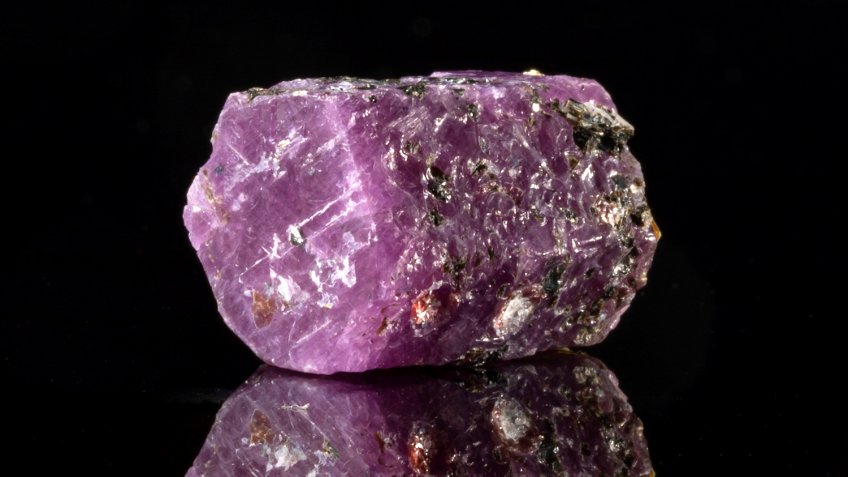Carlo Collodi's tale about the adventures of Pinocchio can be considered not only a classic of world literature, but also a manual for fraudsters. The events described in the children's book are reminiscent of real-life crimes whose victims were adults.
See the glory of... the Diamond scam:
One of them took place in America in the second half of the nineteenth century, fourteen years before the story of the wooden doll was published. At that time several large deposits of gems had already been discovered around the world. Diamonds in South Africa, rubies in Burma, sapphires in Sri Lanka with only North America not possessing a wealth of gems. The situation changed dramatically when in February 1871 two miners, Arnold and Slack, arrived in San Francisco with a bag of rough gems at the doorstep of California's largest financier, William Ralston.
The men claimed to have found a genuine 'Field of Wonders' with gems near the town and offered the businessman a financial investment in developing the lucrative venture as a companion. Ralston demanded to see the deposit with his own eyes and conduct an expert evaluation. The partners agreed, but the financier spent most of the way to the mystery spot... blindfolded.
Those were their terms of the negotiators. On arrival, the banker saw a quarry in the middle of the field, in some places where precious stones were visible right on the surface. The authenticity of the finds was proved by a geological assessment carried out by an experienced mining engineer, Henry Jeanine. The expert was notorious for never being wrong in his conclusions.
Upon his return, William Ralston began recruiting investors for the mining project. After a while, the richest gemstone deposit in American history found its owners. A large diamond mining company was created especially for it and the flower of the country's business world wished to become part of it. But the two miners, Arnold and Slack, unexpectedly sold their stake for $300,000 (which by now amounts to about $8-9 million) went out of business, and disappeared from San Francisco. Gradually, there were fewer and fewer precious finds in the Magic Valley, and most geologists became skeptical about the possibility of diamonds, sapphires, emeralds, and rubies occurring simultaneously in the ground.
Numerous doubts provoked a new evaluation expedition, which was now led by Clarence King, a geologist working for the United States government.
He demonstrated that the diamond deposit was worthless, and that the management of the mining company had been the victim of an extraordinary fraud. The ending of this story was not a fairy tale at all: Eventually it was decided to liquidate the company. Banker William Ralston's reputation was hopelessly ruined, to the point that he committed suicide. Arnold and Slack were never found, but Mr King became a real celebrity and the pride of the nation after the revelation of the "Great Diamond Scam".
You can get acquainted with all the variety of jewellery from the jewels of the world, as well as jewellery made of them, in the Mining Museum in St. Petersburg. Here there are over a thousand samples of precious minerals, belonging to the stones of the first order and distinguished by their spectacular appearance, rarity and durability. Among the exhibits are natural diamonds of the late 19th century, donated to the museum by the Emperor of Brazil, and diamonds from one of the largest deposits in the world: the Mir kimberlite pipe in Yakutia. Jewellery with sapphires from Russia's leading jewellery enterprise, Russian Gemstones, and samples of Indian, Karelian and Ural rubies.
Translated by Diego Monterrey, for Northwest Forpost.


